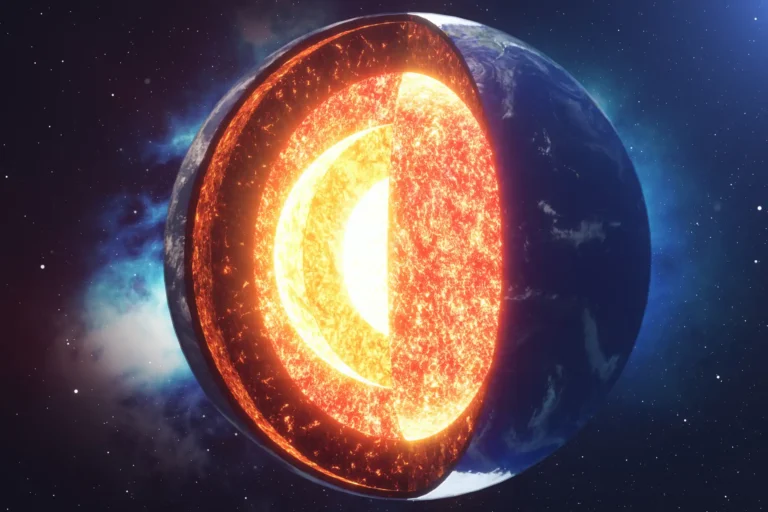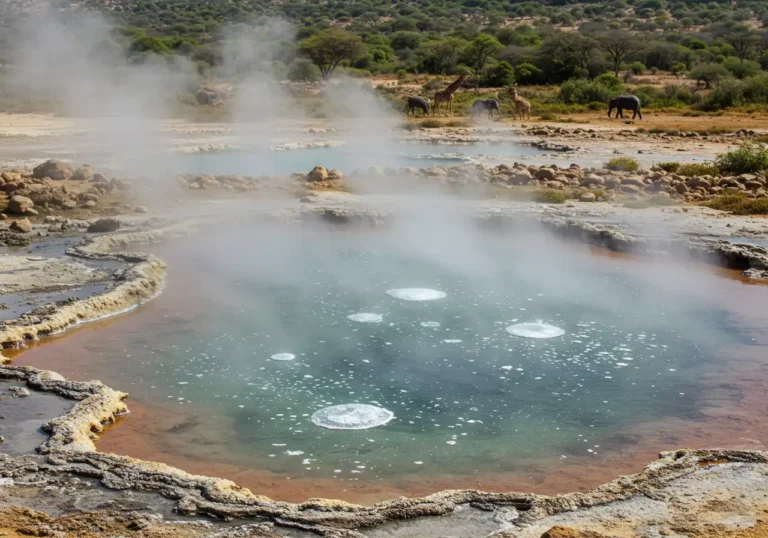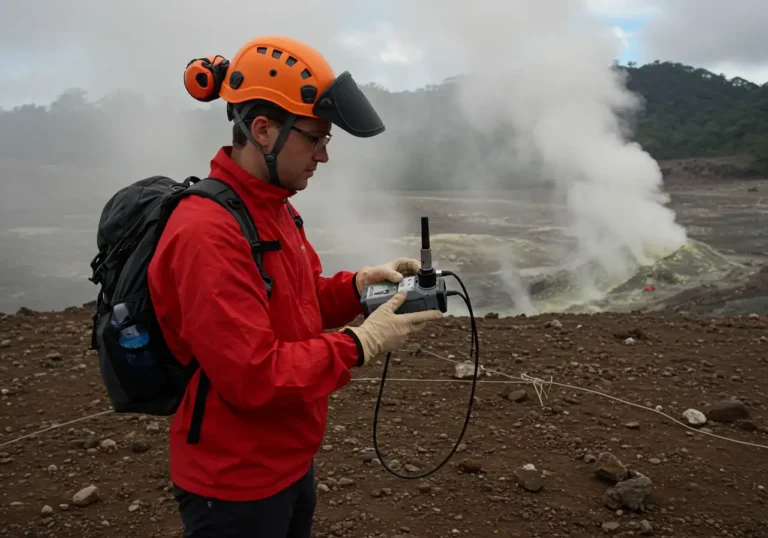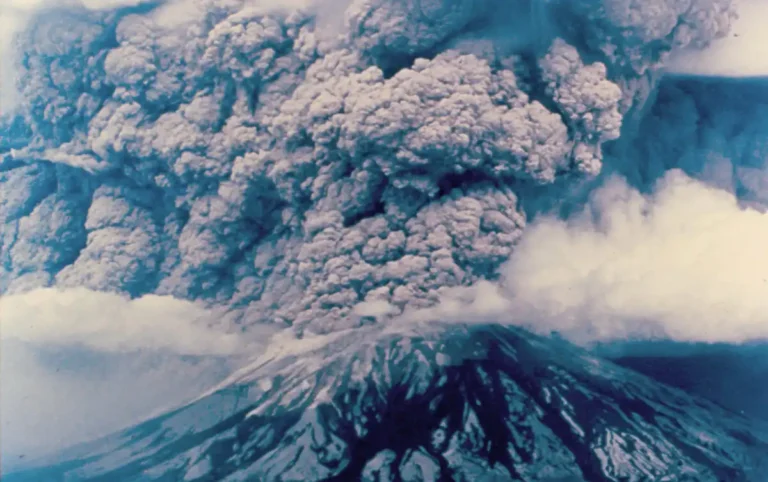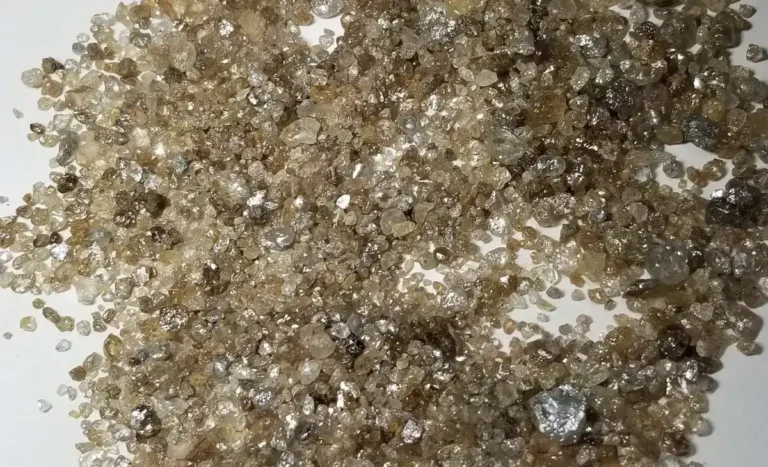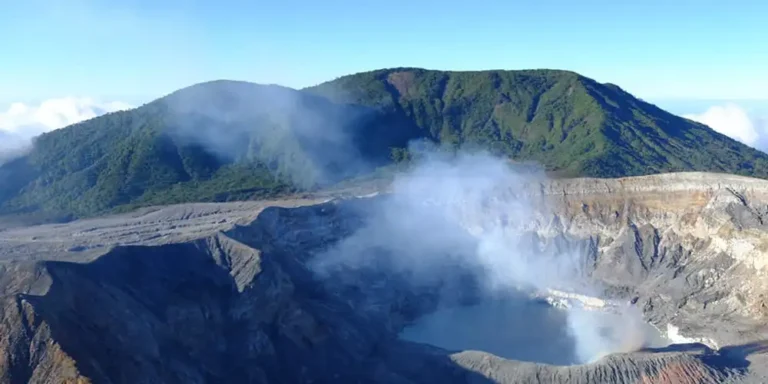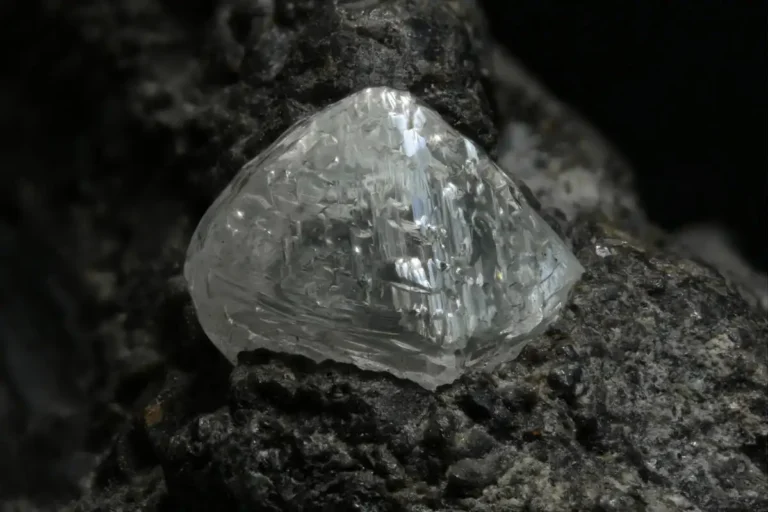
Carbon Leakage from Continental Rifting: A Hidden Source in the Deep Carbon Cycle
The Earth is not just a closed box of carbon cycling between atmosphere, biosphere, and oceans. Deep within the planet, carbon moves, accumulates, and escapes through surprising pathways. One such path that’s gaining attention is leakage through continental rifting zones — places where the crust is being pulled apart. Though


